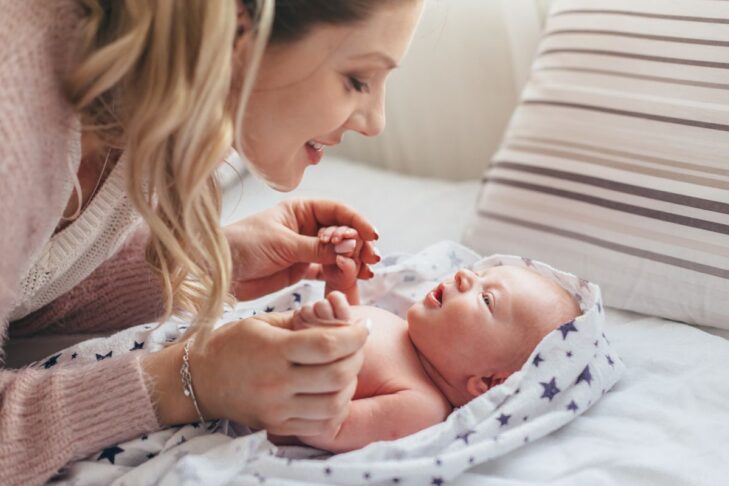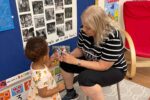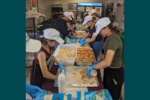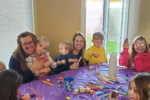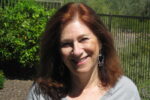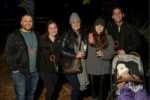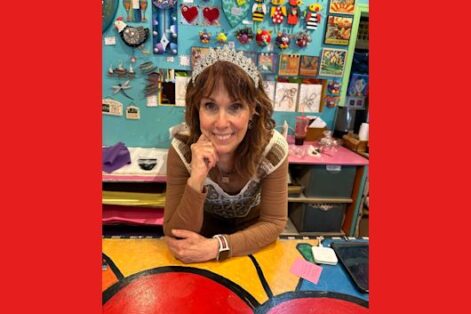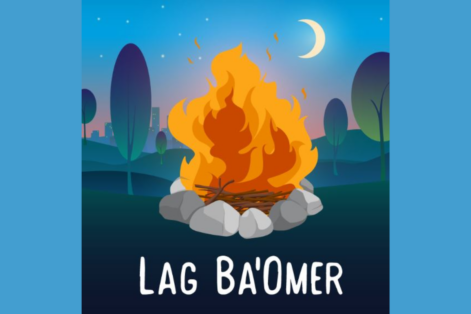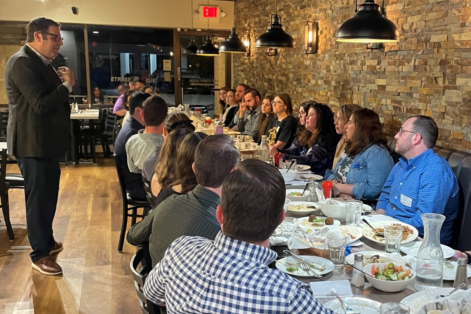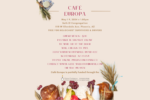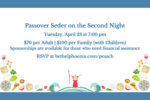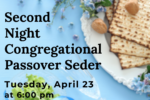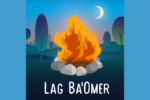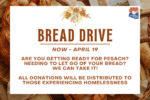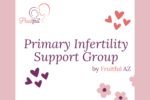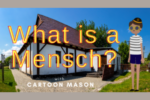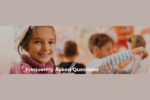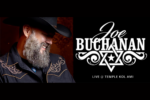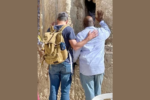As a new mom, having the privilege of staying home with my first child, I remember spending my days nursing, sleep deprived and talking. In an apartment with just me and my daughter, who was not making a whole lot of noise in the beginning, I needed the sounds to fill the silence. I would narrate everything (and I do mean EVERYTHING) I was doing when I was with her. “Oh look, Rachel, here is your red jacket. I am going to take it out of the closet and bring it over to your diaper changing table.Then I am going to get you out of the crib and bring you over to the table and put on your jacket. “ You get the idea.
In the beginning, this was for me and my peace of mind. But then I connected it back to my education experience and how teachers are encouraged to use teacher talk. It is a narration of everything you are doing in the classroom so you are building vocabulary, verbal experience, engaging your audience with voice inflection, etc.
Now this has continued, even now that the oldest is touring medical schools (G-d willing), and the younger two get into a car and drive off on their own. It drives them and my husband nuts sometimes, but it is a great tool so that I don’t forget anything.
This running dialogue was such a useful tool for me as a young mom but an even more helpful tool to build my child’s vocabulary and help them with language acquisition. They learned to associate the spoken word with the physical objects.
That running dialogue was a great way to introduce colors, shapes, thoughts, feelings and so much more at a very young age. Not to test them on what they knew but just to demonstrate and model for them. This talking evolved into having one-way conversations with my daughters (I continued this with all three!) The dialogue, the questions, the extra lilt in my voice and the pauses so they could respond was such an important foundation to their language development.
According to studysmarter.us, there are four stages to language acquisition:
- The Babbling Stage
- The Holophrastic Stage
- The Two-word Stage
- The Multi-word Stage
The talking that parents, siblings and teachers do with children is such an important piece to this development. Parents and teachers hear infants making those babbling sounds and they just know that the child is communicating something to them. As the child grows, they do have those “conversations” with their caregivers and strengthen those relationships as well.
Next week, on Nov. 1, we have the pleasure of welcoming Jenna Turner and Andrea Klein from Pediatric Speech and Language Specialists. They are leading a parenting session about early language development in toddlers and preschoolers. This is a fabulous opportunity to get your questions answered, learn what you should be looking for when it comes to typical and not so typical development. Everyone is invited. The session is free; you need only to RSVP. Please visit evjcc.org/language to register or reach out to pam@evjcc.org with any questions.
Shabbat Shalom and don’t forget to talk, talk, talk!
This post has been contributed by a third party. The opinions, facts and any media content are presented solely by the author, and JewishPhoenix assumes no responsibility for them. MORE


